Tips and Tricks for a Well-Organized Walk In
The walk-in cooler is a staple of the retail and restaurant industry. Walk-in coolers are used to store food in grocery stores, convenience stores, restaurants, and any other place where there is a need for cold storage space.
Walk-in coolers come with their own set of challenges, especially when it comes to organization. Simply stacking food items in your walk-in cooler will not help preserve food quality, and this practice can lead to health-related issues as well.
However, with proper organization, you can easily avoid these risks and issues. This blog post will walk you through some tips and tricks on how to organize your walk-in cooler so that you can enjoy all its benefits without having to be concerned with health concerns and disorganization.
Benefits of an Organized Walk-In Cooler
Bacteria growth, pests, and spoiled food are some of the consequences of a disorganized walk-in cooler. When it comes to organizing your walk-in cooler, you have two choices, either be prepared to pay the enormous costs associated with the disorganization or manage and maintain your walk-in cooler. The following are some of the significant benefits that you can enjoy by just organizing your walk-in cooler:
- Increased shelf-life of perishable food items
- Increased quality of food
- Easy to take note of inventory
- Easy to clean and maintain the cooler
- Decreased number of spoiled food items and waste
- Increase in the expected lifespan of your cooler
- Decrease in the number of problems and repairs
- Avoid health code violations
Tips for Organizing Your Walk-In Cooler
Label Everything
Labeling is a vital part of organizing walk-ins. Labeling food items with accurate details will allow you to differentiate similar-looking items such as cilantro and parsley. Not just that, but labeling items with dates can also help you decide whether a particular food item is fresh or not.
To ensure the freshness and quality of food items, it is important to properly label them with information such as the name of the item, the date and time when it was received, and most importantly, its expiration date.
Apart from labeling the individual food items, it would help if you also labeled the shelves. This simple step will help you to locate food items more quickly and efficiently.
Use the Right Shelving
It is advised to use the shelving approved by the National Sanitation Foundation. The approved shelving provides you with the reassurance of reliability and durability. Many of these shelves can hold a large amount of weight. Some can hold up to 800 pounds. The NSF-approved shelving is often wire surrounded by a coating that prevents rust and corrosion, increasing the shelving unit’s lifespan. NSF-approved shelving was found to be safe for storing food, medication, and even for use in a greenhouse.
Keep Your Cooler Cool
The purpose of a cooler is to store its contents at a cool temperature to reduce the growth of bacteria.
According to most state laws and health codes, you must maintain the temperature of your walk-in cooler to between 36°F – 45°F or below. For the proper functioning of your refrigeration unit and the safety of food items stored within, you must make sure that the recommended temperature is maintained at all times.
Keep in mind; some foods are more sensitive to colder temperatures. The type of refrigeration unit combined with the food you will be storing will affect the temperature you need within your cooler.
Use a FIFO Method
The First-In-First-Out (FIFO) inventory method is a popular system used for storing and organizing food in a way that maximizes freshness and quality. As the name suggests, the concept of FIFO is that the first item to enter the cooler must be the first thing to leave.
Using the FIFO method, you can significantly decrease the frequency of food waste while increasing the freshness of your food.
The best way to implement the FIFO method is by making it a common practice to always place new items behind older items.
Maintain Lowest Shelves at Least 6 Inches Above the Ground
Keeping your lowest rack at least 6 inches above the ground will promote excellent sanitation and save time on cleaning an accidental spill. The 6-inch distance between the floor and bottom shelf provides easy mopping underneath the shelving unit without contaminating food or requiring you to move shelving units. Additionally, this will also make it more difficult for pests to access food items.
Store Raw Meat Products on Bottom Shelves
Storing raw meat products on top shelves is not a good idea. This is because the liquid or marinate could fall onto whatever is lying underneath. Cross-contamination from raw meat can lead to bacteria growth which is a considerable health code violation. This could lead to you losing money as well as making your customers ill. In general, it is best practice to store any food item that is not within its original packaging in an airtight container to prevent any cross-contamination-related misshapes.
Store Delicate Food Items Away From Cooler Fans
If you want to increase the shelf life of your delicate products like berries and leafy green vegetables, then you should avoid storing them close to the cooling fans. Strong airflow from the fans can spoil your delicate food items prematurely. This is why it is best to place these items far from fans.
Leave Space Between Items for Circulation
Proper spacing of food items is essential to ensure appropriate airflow as well as cooling distribution. There will be uneven cooling without adequate spacing between items, resulting in under-cooling or over-cooling of product.
To avoid these costly food losses, it is essential to leave at least 3 to 6 inches of space between each freezer item. Also, make sure that the items are not in direct contact with the walls of the freezer. This extra space will also keep your walk-in cooler running at its optimum level, which can significantly decrease the chances of costly repairs.
Clean Your Cooler Regularly
You can avoid countless food contamination concerns by simply cleaning your walk-ins regularly. Experts recommend that commercial refrigeration unit’s coils should be cleaned every month.
An adequately organized walk-in cooler is the secret to efficient and safe food storage. Now that you know how to maintain your walk-ins properly, it is time to start the organization process. Start by sharing these tips with your employees and educating them on the importance of organization.
Ensure that your employees follow the standard practice ranging from labeling the freezer items to cleaning the freezer regularly.
If you are successful in enforcing these tips and tricks, you will save time and money and increase the expected lifespan of your walk-in cooler.
Browse all our commercial refrigeration equipment.
10550 86th Ave
(833) 734-8880























